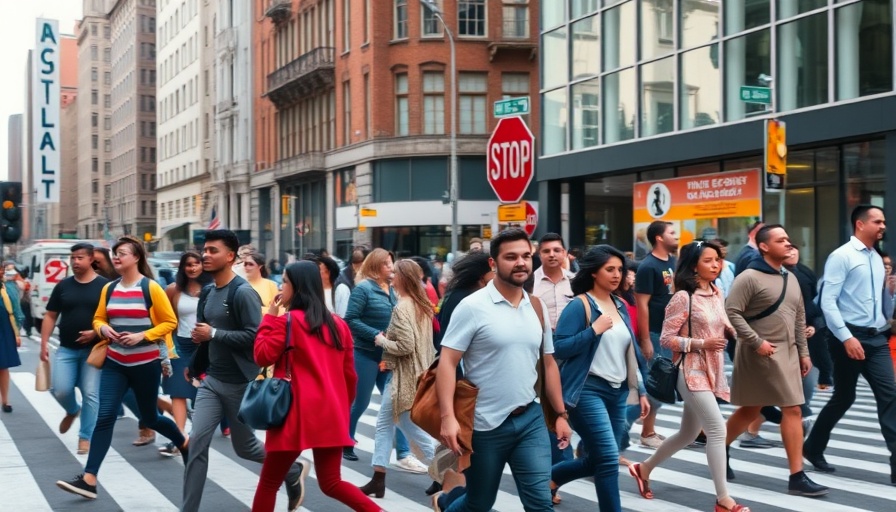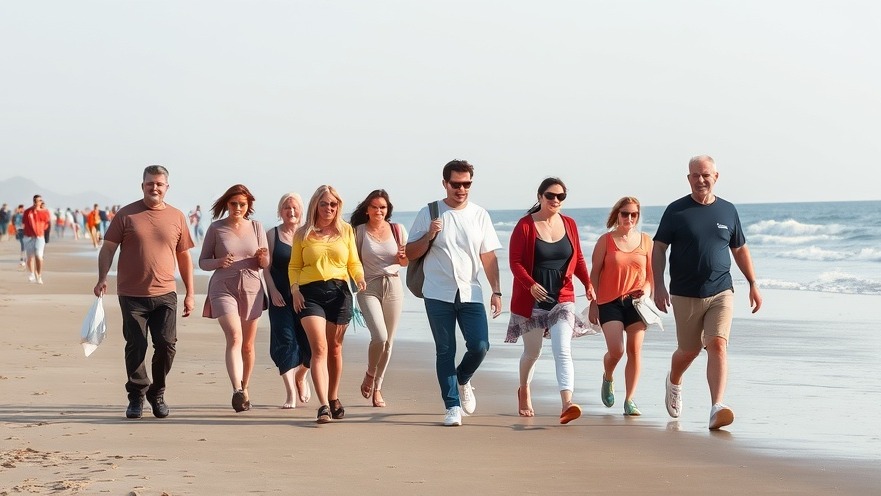
The Urban Landscape: An Evolving Journey
Throughout the years, our experiences in public spaces have dramatically shifted, especially in cities where we live bustling lives. A fascinating study explored by MIT scholars draws on the insightful observations of renowned urbanist William Whyte, revealing some intriguing changes in pedestrian behavior. Through the lens of artificial intelligence, researchers have analyzed historical footage to better understand how the social dynamics in public spaces have transformed over the decades.
Faster Paces: The New Normal
One of the most striking findings indicates that pedestrians are now walking about 15% faster than they did in the 1980s. Alongside this increase in speed, the amount of time people linger in these spaces has dropped by around 14%. This raises concerns about whether our urban environments are becoming simple transit zones, rather than welcoming places for social interaction and community engagement.
The Impact of Technology on Social Encounters
This shift may be closely tied to the rise of mobile technology. Carlo Ratti, a professor involved in the study, noted that in earlier decades, public spaces were alive with conversations and spontaneous meetings. The footage highlighted people engaging with one another, as they were not distracted by mobile devices. Today, the way we utilize these spaces reflects a more solitary and efficient approach to social encounters, often prioritizing digital communication over face-to-face interaction.
Understanding Why This Matters to Us
As independent, open-minded individuals seeking health advice and experiences, it’s essential to be aware of how our lifestyle choices, including the pace at which we walk and interact, impact our overall well-being. Faster walking speeds and the prevalence of solitary moments in crowded places can contribute to a sense of disconnectedness, potentially affecting our mental health and community ties.
Creating Spaces for Connection
In considering these changes, we can actively work toward promoting environments that foster genuine connections. Here are some simple steps we can take:
Prioritize Time Outside: Dedicate time each week to visit public spaces, not just for commuting but to truly enjoy the environment.
Engage with Others: Make a conscious effort to strike up conversations with those around you, whether it's a fellow pedestrian, a neighbor, or someone in a café.
Limit Technology Distractions: Put phones away when in public spaces, allowing for natural interactions and spontaneity.
Participate in Urban Renewal
As active members of our communities, we can advocate for public spaces designed for social engagement. Facilities like parks with seating areas, outdoor performances, or even community classes can encourage people to slow down, reflect, and interact meaningfully.
Final Thoughts: Reclaim Your Space
The pace of our lives should not come at the cost of meaningful interactions. As research indicates, our urban spaces are swiftly evolving into merely thoroughfares. By understanding these dynamics, we can make conscious choices to engage more fully in our communities and help foster genuine connections. Let’s transform the act of walking through our towns into an opportunity for connection and joy.
Are you ready to embrace this shift? Join us in planning your next visit to a local park or community event, and experience the beauty of slowing down and reconnecting with those around you. Let's reclaim our public spaces!
 Add Row
Add Row  Add
Add 




Write A Comment